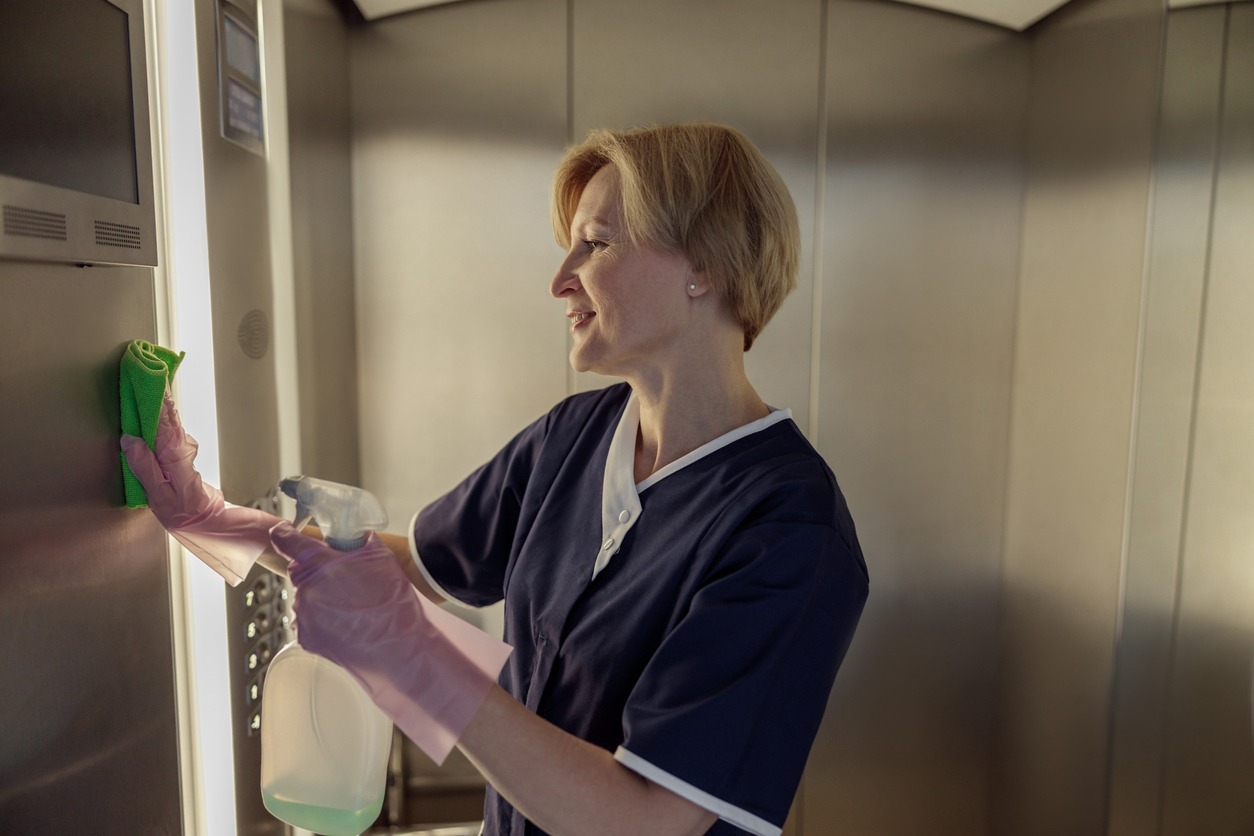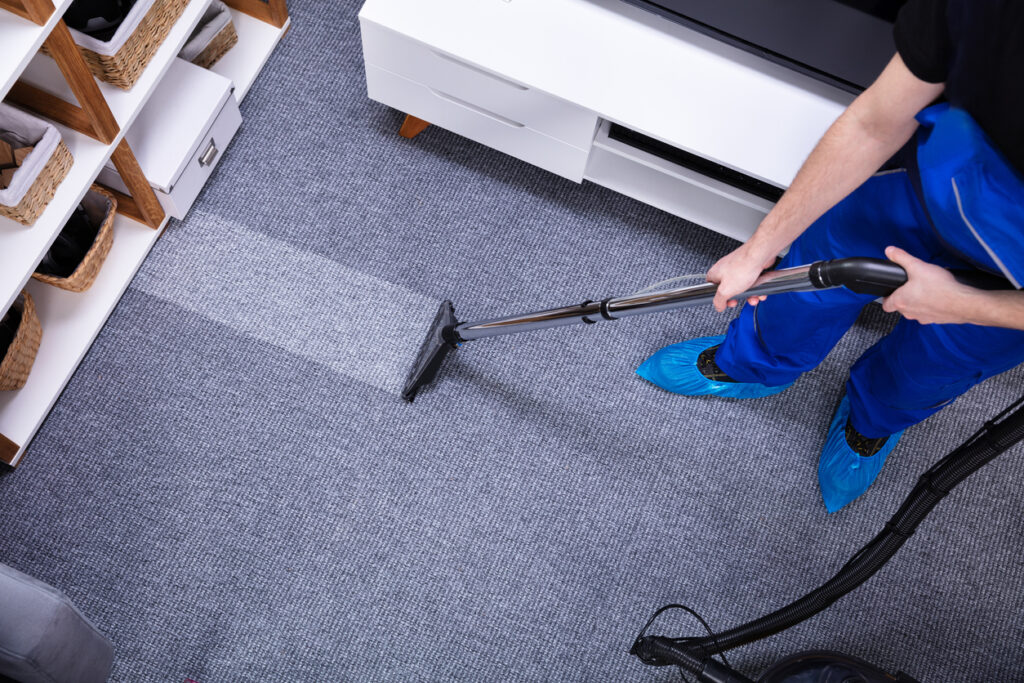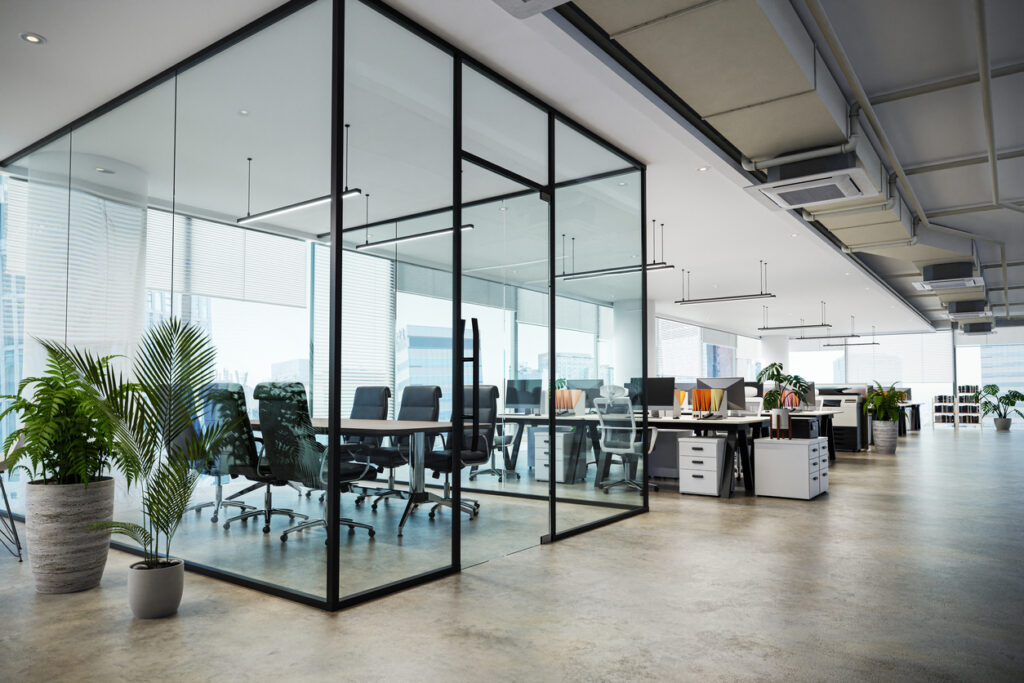Salt, ice and snow, heavy rain, mud, closed-up rooms, reduced ventilation – cold weather can make cleanliness a challenge for even the best janitorial teams. Carpets get soaked as people track snow and ice in on their shoes. Tile and concrete floors become slippery. Wood floors are prone to scratches and warping from salt, grime, and moisture. But with an updated winter cleaning checklist, your team can ensure that your clients are taken care of. This checklist can apply to any type of building from schools to warehouses to offices.
Winter weather brings many challenges. Some of our states where we operated don’t get any snow but still experience a winter season. Along with all the dirt and grit tracked in from outdoors, your indoor spaces are closed. Windows don’t get opened, and doors stay shut, so you aren’t getting that natural breeze or fresh air that’s so helpful in keeping a space clean. Dust piles up quickly. Bacteria and viruses love the dry, still air.

While you handle these issues in warm weather, too, they’re much more common when the temperature drops. That’s where a winter cleaning checklist can ensure a clean safe workplace.
Updating your winter cleaning checklist for the worst the weather can bring
One of the things you’ll likely run into the most when the cold weather rolls in is wet flooring. Mats around the entryways can help, but they get saturated quickly, especially when people track snow and ice in on their shoes. Once saturated, a lot of that snow and ice ends up everywhere else in the building, creating slippery surfaces.
That makes the entryway an excellent place to begin updating your winter cleaning checklist. Here are a few things to either add or revisit.
Wet floor signs. You’ll need more of these in cold weather to remind people that the floors, no matter what they’re made of, will be slippery.
Increase the frequency of mopping.Not only is all that water on the floor slippery, it also damages many surfaces, especially wood. The salt from snow-melting chemicals can also scratch wood, tile, and other hard surface flooring.
Use a floor dryer.A floor dryer can help keep the moisture under control, even if it can’t entirely eliminate it.
Wet vac the carpets.Any carpets cleaning around entrances is almost guaranteed to need cleaning with a wet vac.
Entry mats.If you can, use heavy-duty winter mats to help keep snow, water, and ice off of your floors. Additionally, consider changing these frequently.
High-touch surfaces.Moving away from the entry itself, winter is the time to get back to frequently cleaning and disinfecting high-touch surfaces. As more people congregate indoors, it’s easier for germs to spread. But if you can keep up with cleaning surfaces like light switches, door handles, and so on, you can do a lot to promote health and wellness.
Clean filters.In warmer weather, you can open doors and windows and let fresh air into a space. In colder weather, however, we don’t get as much fresh air. Therefore, it’s important to increase the frequency of cleaning or changing air filters as part of your winter cleaning checklist. Clean HVAC filters will help the system run more efficiently and they can more easily trap bacteria, dust, and viruses.
Clean the HVAC system.It won’t always be possible, but if you can clean the ducts of your HVAC system go for it.
Dust. Then dust some more. This point goes back to the fact that air isn’t moving as much in a closed building, so you get a build up of dust and dirt. If you can include some additional dusting in your winter cleaning checklist, that can help reduce that extra dust on windowsills, the tops of cabinets, behind curtains, and so on.
While winter weather may bring new challenges to your routine, it’s not anything you can’t handle. Remember taking these steps will help insure your providing the safest cleanest environment for your employees and visitors.


